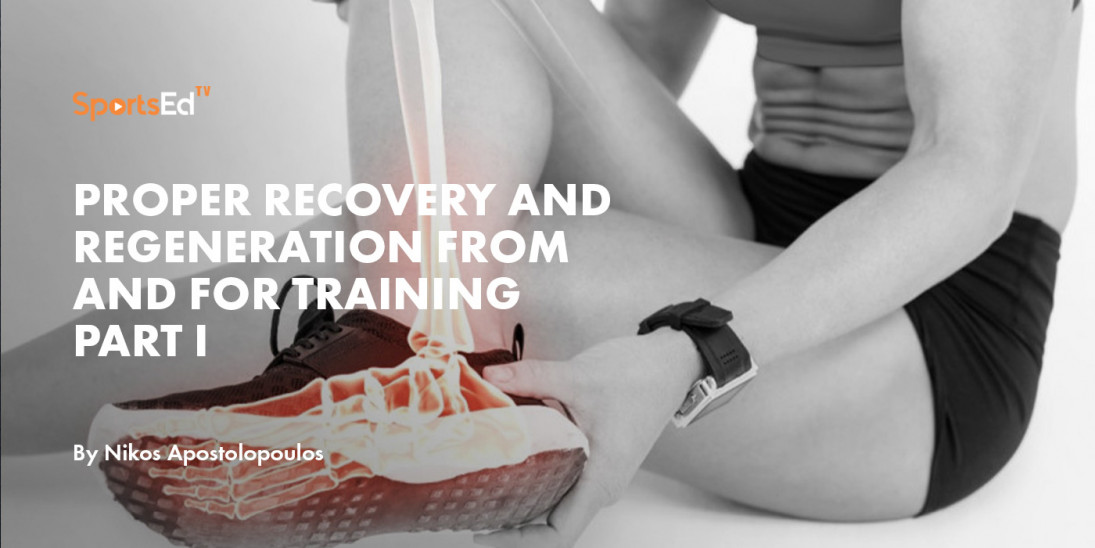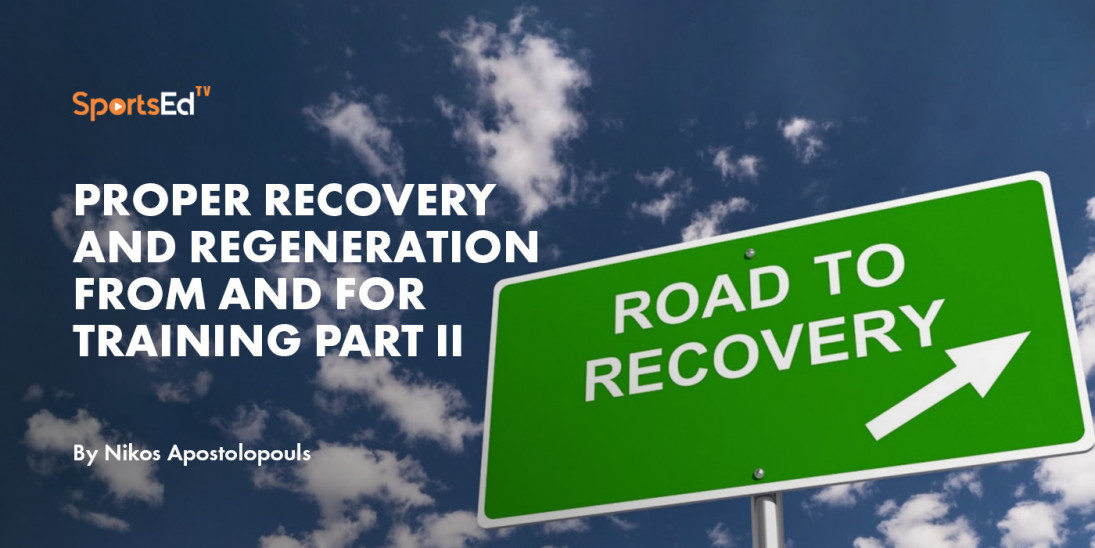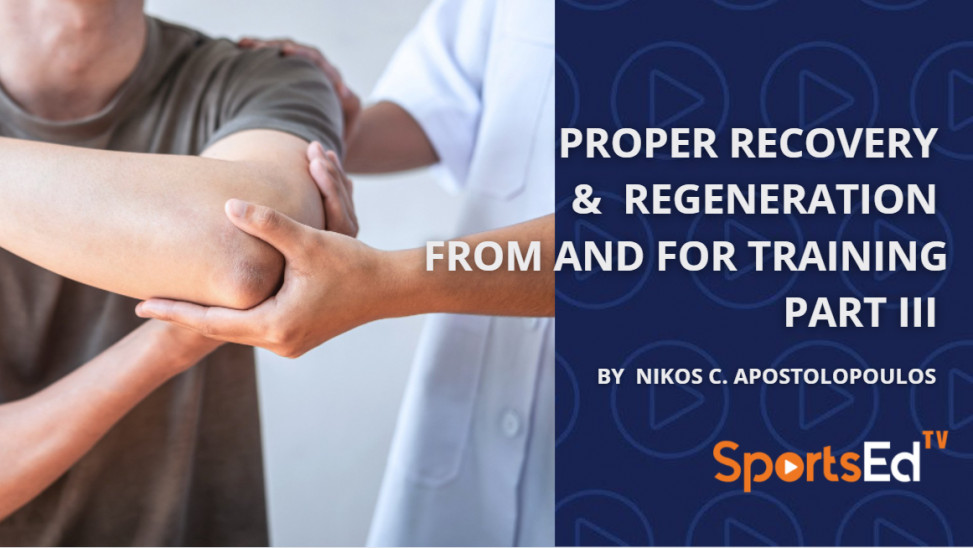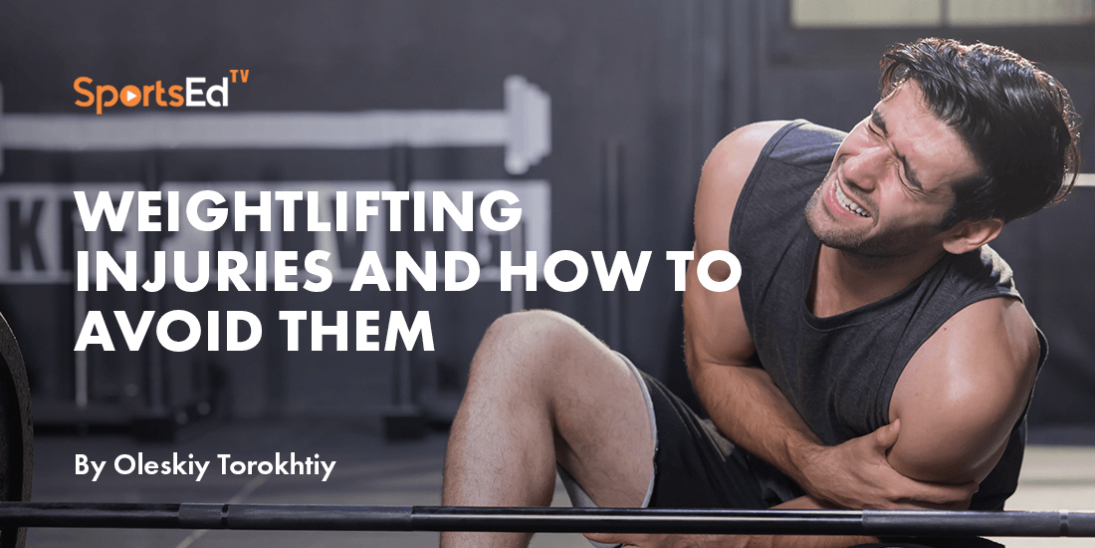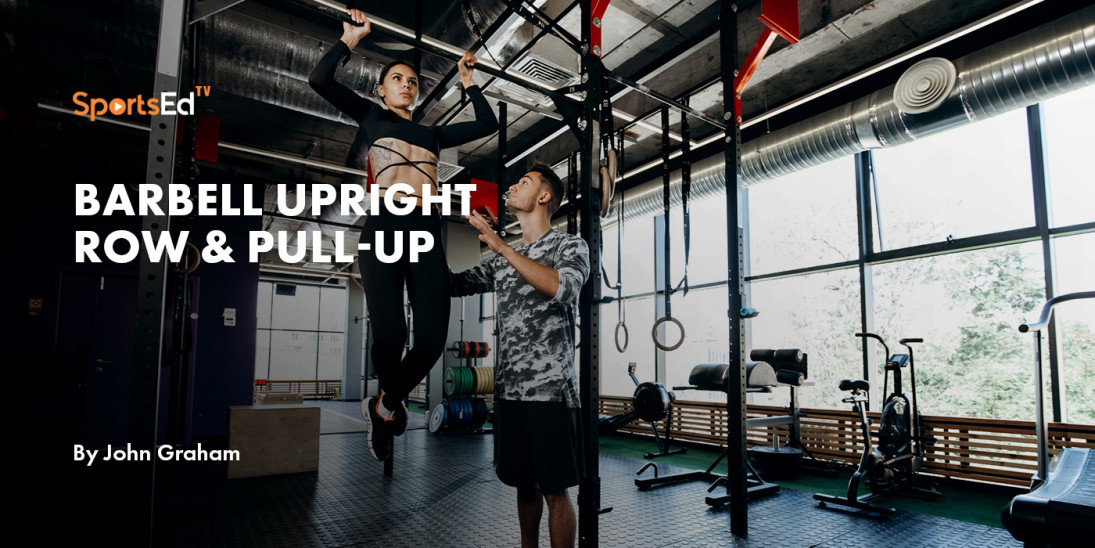Strength And Conditioning, Health
Welcome and thanks for visiting...

What is Stretching?
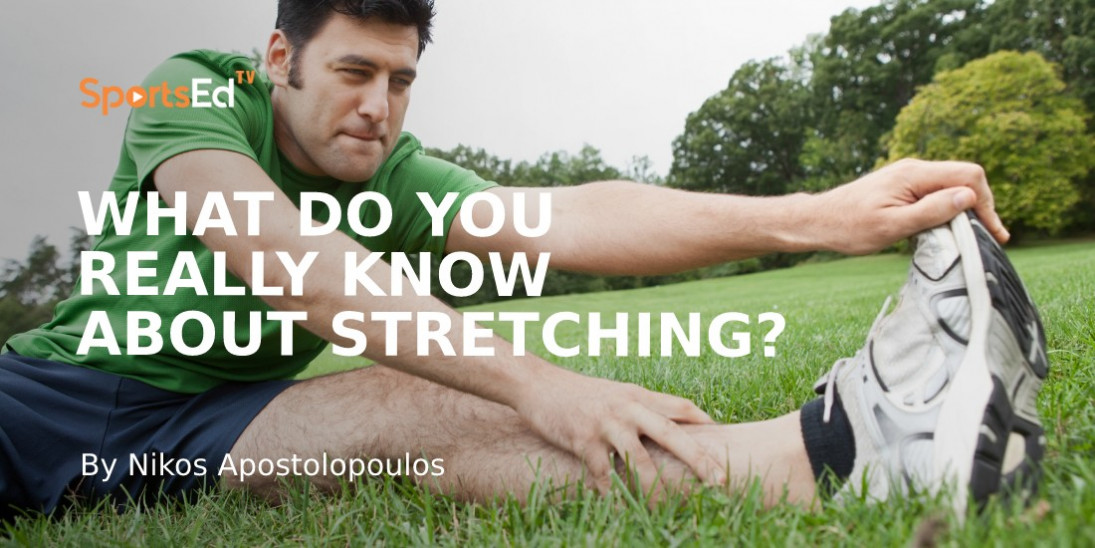
All living organisms face mechanical forces, from fluid forces around a bacterium to the high forces in a human knee during stair climbing (Huang et al., 2004). Forces are recognized as major regulators of cell structure and function (Janmey et al., 2009). In fact, all cells, tissues, and organs of the human body mechanically adjust themselves as they are subjected to a multitude of internal and external forces. For these structures to function properly and adapt, a sensor-effector system needs to be in place rapidly processing changes in tension that is dependent upon the magnitude and intensity of the force (Apostolopoulos, 2018).
The sensitivity of the system is an acknowledgment of tension and its subsequent removal. If elimination of tension does not result in the re-establishment of homeostasis, the insult takes on a chronic nature, predisposing the structure(s) to further harm. In addition, the mechanical properties of these structures (cells, membranes, tissues organs) is essential for sensing force(s), transmitting a signal to the cell interior thereby transducing a mechanical signal into a chemical signal impacting the spectrum of the cellular responses ((Huang et al., 2004). Any externally applied force is seen in terms of stresses and corresponding strains with their distribution affecting the body both at the macro as well as the micro level. In understanding how cells sense force and their response to its duration and direction of influence, one gains an appreciation of how stretching, a gross motor response, influences the body at both the macro- and micro- level.
Fundamentally stretching is a form of a mechanical force usually performed before exercise(s) in an attempt to enhance performance and reduce the risk of injury, with most stretching techniques (static, ballistic, proprioceptive neuromuscular facilitation (PNF)) being effective in increasing static flexibility as measured by joint range of motion (ROM) (Weerapong et al., 2004). It is conceivable that stretching is the most common and deliberate therapeutic manipulation of muscle with the application of a passive stretch responsible for increasing tissue compliance (Vijnovich, 1994). In fact, Hippocrates, the father of medicine, is credited with the creation of a bench that used stretching in the form of traction to help with straightening curvatures of the spine (Power, 1925).

Similar to other forms of training, the practice of stretching is defined by the parameters of intensity, duration, frequency, and stretching position (Apostolopoulos et al., 2015, Marschall, 1999). Unlike duration and frequency, which is quantifiable (i.e., how long to hold, and how often to repeat the stretch), intensity is qualitative in nature (Apostolopoulos, 2018), and needs to be properly addressed when helping the tissues to properly recover and regenerate. Regardless of this subjective nature, the magnitude (size) of the physical force(s) (i.e., intensity) applied to the muscle during stretching is a catalyst for tissue damage and inflammation as observed in animal studies (Pizza et al., 2002).
In addition, pain and/or discomfort present during the act of stretching may imply tissue damage especially when considering the definition of pain as suggested by the International Association for the Study of Pain (IASP). According to the IASP, pain is “an unpleasant sensory and emotional experience associated with actual or potential tissue damage, or described in terms of such damage (Merskey and Bogduk, 1994). A study investigating intense aggressive stretching, associated with discomfort and pain, observed that this was responsible for stimulating an inflammatory response (Apostolopoulos, 2017). As mentioned above, since stretching is a form of force defined by its magnitude, its ability to change the architecture of both the connective and muscular tissue allows for its proper function. Although duration, frequency, and stretch position are important parameters (Apostolopoulos et al., 2015), ultimately, it is the intensity of the stretch that needs to be front and centre for the proper recovery and regeneration of the tissue. Therefore, when it comes to stretching, the archaic viewpoint of “No Pain, No Gain” needs to be replaced by the “Greatest Gain is Made with No Pain”.
References
APOSTOLOPOULOS, N. 2017. Intensive paasive static stretching and inflammation. New Studies in Athletics, 32, 61-70.
APOSTOLOPOULOS, N., METSIOS, G. S., FLOURIS, A. D., KOUTEDAKIS, Y. & WYON, M. 2015. The relevance of stretch intensity and position - a systematic review. Frontiers in Psychology, 6 1-25.
APOSTOLOPOULOS, N. C. 2018. Stretch intensity and the inflammatory response - A paradigm shift, Switzerland, Springer-Nature.
HUANG, H., KAMM, R. D. & LEE, R. T. 2004. Cell mechanics and mechanotransduction: pathways, probes, and physiology. Am J Physiol Cell Physiol, 287, C1-11.
JANMEY, P. A., WINER, J. P., MURRAY, M. E. & WEN, Q. 2009. The hard life of soft cells. Cell Mot Cytoskel, 66, 597-605.
MARSCHALL, F. 1999. Wie beinflussen unterschiedliche dehintensitaten kurzfristag die veranderung der bewegungsreichweite? (Effects of different stretch-intensity on the acute change of range of motion). Deutsche Zeitschrift fur Sportmedizin, 50, 5-9.
MERSKEY, H. & BOGDUK, N. 1994. Classification of chronic pain, Seattle WA, IASP Press.
PIZZA, F. X., KOH, T. J., MCGREGOR, S. J. & BROOKS, S. V. 2002. Muscle inflammatory cells after passive stretches, isometric contractions, and lengthening contractions. JApplPhysiol, 92, 1873-78.
POWER, D. 1925. The scamnum hippocrates. Proc R Soc Med, 18 (Sect Hist Med), 15-7.
VIJNOVICH, A. L. 1994. The effect of therapeutic muscle stretch on neural processing. JOSPT, 20, 145-53.
WEERAPONG, P., HUME, P. A. & KOLT, G. S. 2004. Stretching: Mechanisms and benefits for sport performance and injury prevention. PhysTherRev, 9, 189-206.

